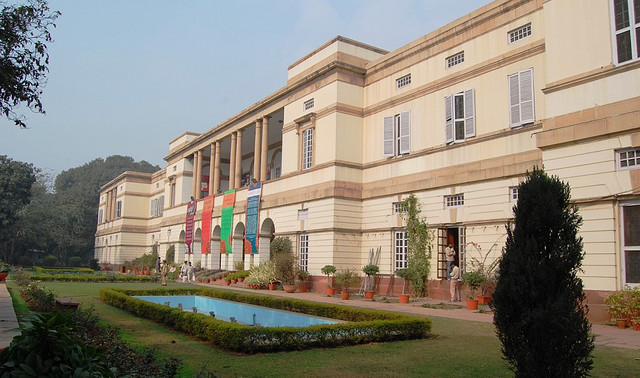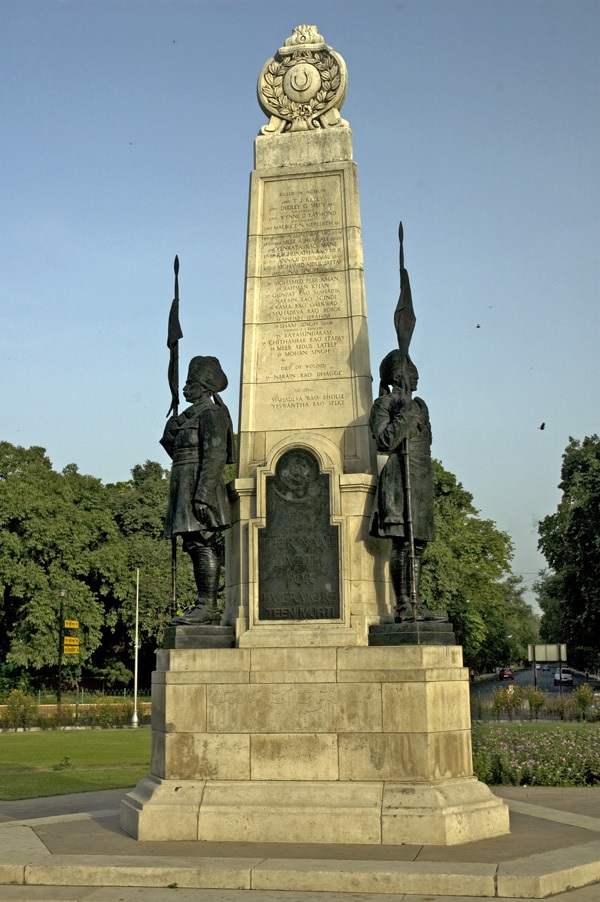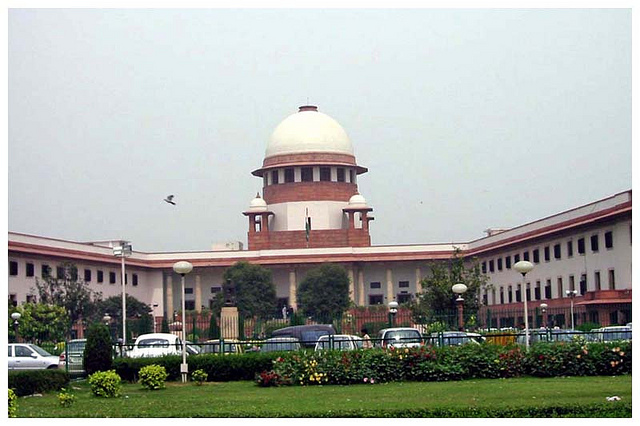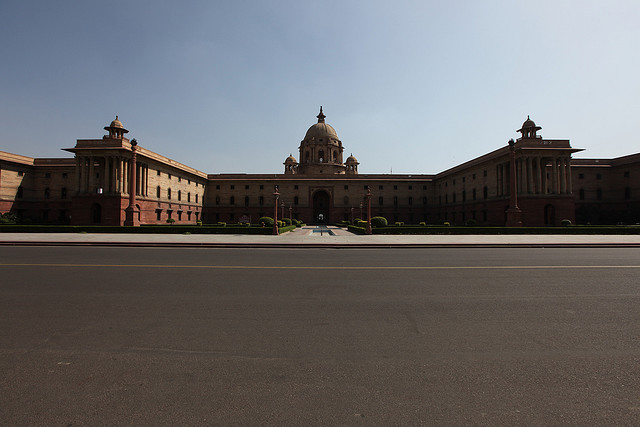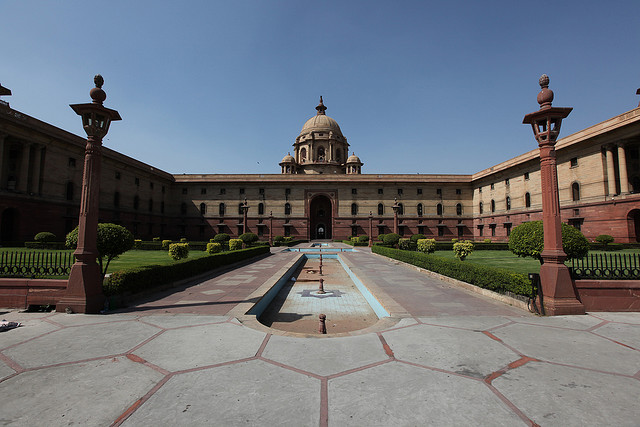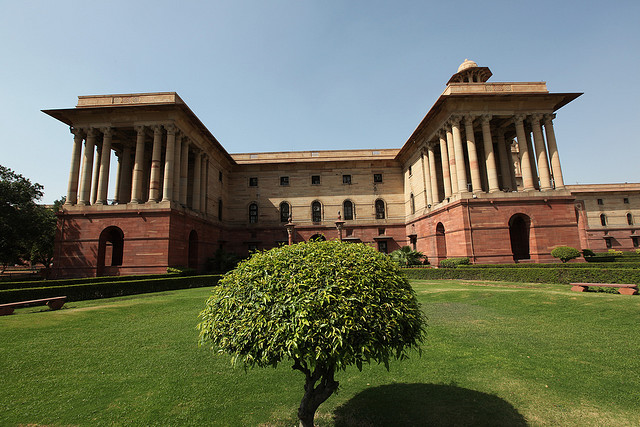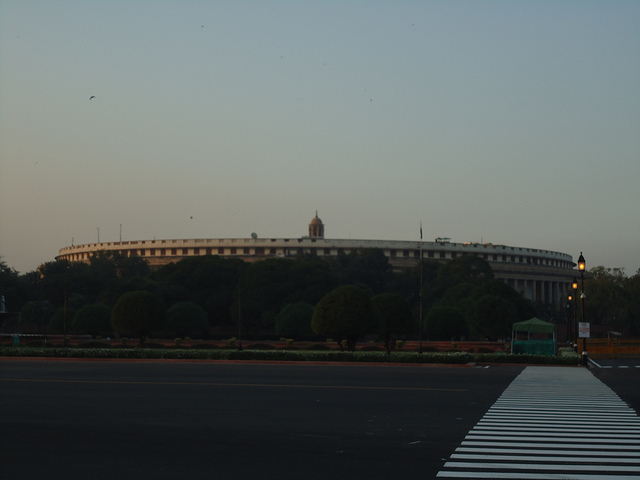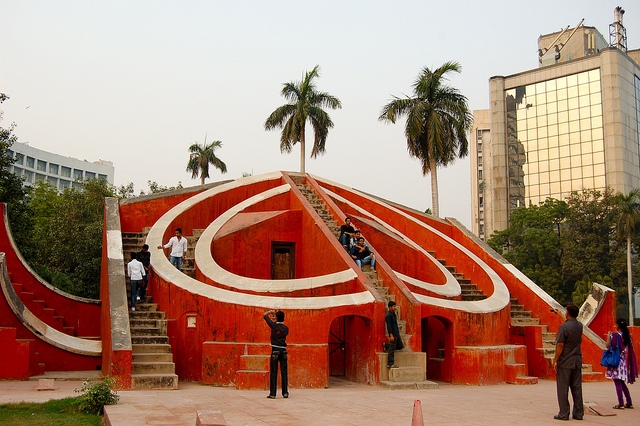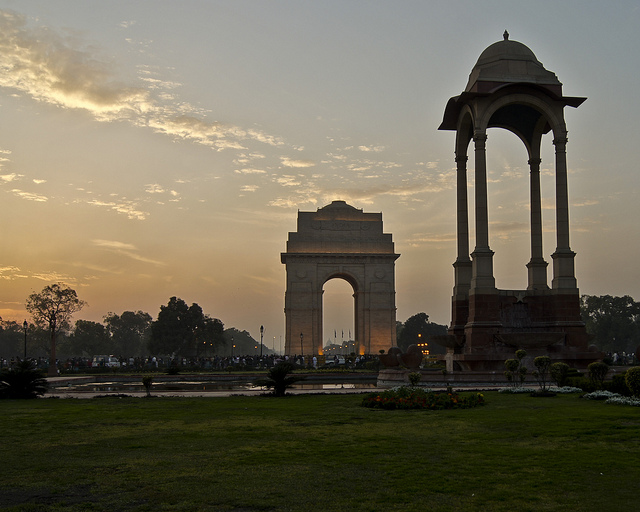Mansion of Ananda Rangapillai
Rangapillai Built in 1773, this mansion is a fine specimen of indo - French architecture. Ananda Rangapillai was the courtier of Joseph francois dupleix , the governor. The dairy which Rangapillai maintained between 1736 - 60 is a book of great value as a source of information on the history of Pondicherry and the French in India.

